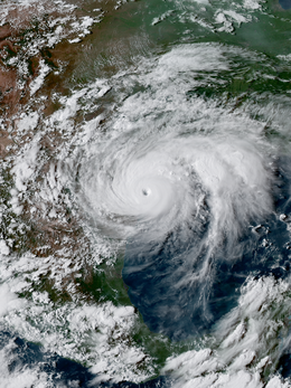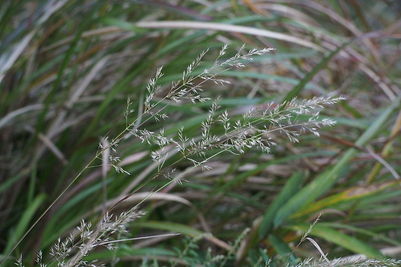|
Clark Alejandrino A year ago, Hurricanes Harvey, Irma, and Maria made headlines by wreaking havoc in Texas, Florida, and Puerto Rico. In 2013, Typhoon Haiyan took more than 6,000 lives in the Philippines. Thanks to modern meteorology and the ease of information dissemination on the internet, people knew these storms were coming and how strong they were and yet we still managed to end up with varying degrees of humanitarian disasters. One can only imagine how these storms must have taken people by surprise in the past. Well, not exactly. Along the southern Chinese coast, for centuries people looked to nature for signs and omens of a typhoon. Locals thought birds had a way of sensing storms and displayed this understanding through their behavior. Suddenly seeing seabirds fly toward the mountains in flocks meant a storm was coming. When birds that normally build nests in high places start building them low also meant a typhoon was approaching. At the start of the year, people would look at the leaves of the plant Eragrostis ferruginea and count the number of lines on it for each line meant one storm was coming that year. In Taiwan, this plant is still known as the typhoon plant 颱風草 (taifengcao). One omen that has a history as old as the Tang dynasty (618-907) is the so-called Typhoon Mother 颶母(jumu). The Typhoon Mother was a combination of red clouds and split rainbows in the ocean sky that people believed surely heralded the coming of a typhoon. Twenty-first century Chinese government documents continue to list it as one of the signs to look out for heading into typhoon season. To us today, reading leaves, birdwatching, and staring at clouds and rainbows sound like things to do on a nice sunny day. But along China’s southern coast, people used to do these things to prepare for a stormy day. Perhaps these methods are less precise than going to WeatherChannel.com but at least they got you out of the house and emphasized, in a more observant way, our interconnectedness with the environment. Clark Alejandrino is a Georgetown PhD Candidate in East Asian Environmental History writing his dissertation on typhoons in southern China from the fifth to the twentieth century.
1 Comment
|
EH@G BlogArticles written by students and faculty in environmental history at Georgetown University. Archives
May 2020
Categories |



 RSS Feed
RSS Feed